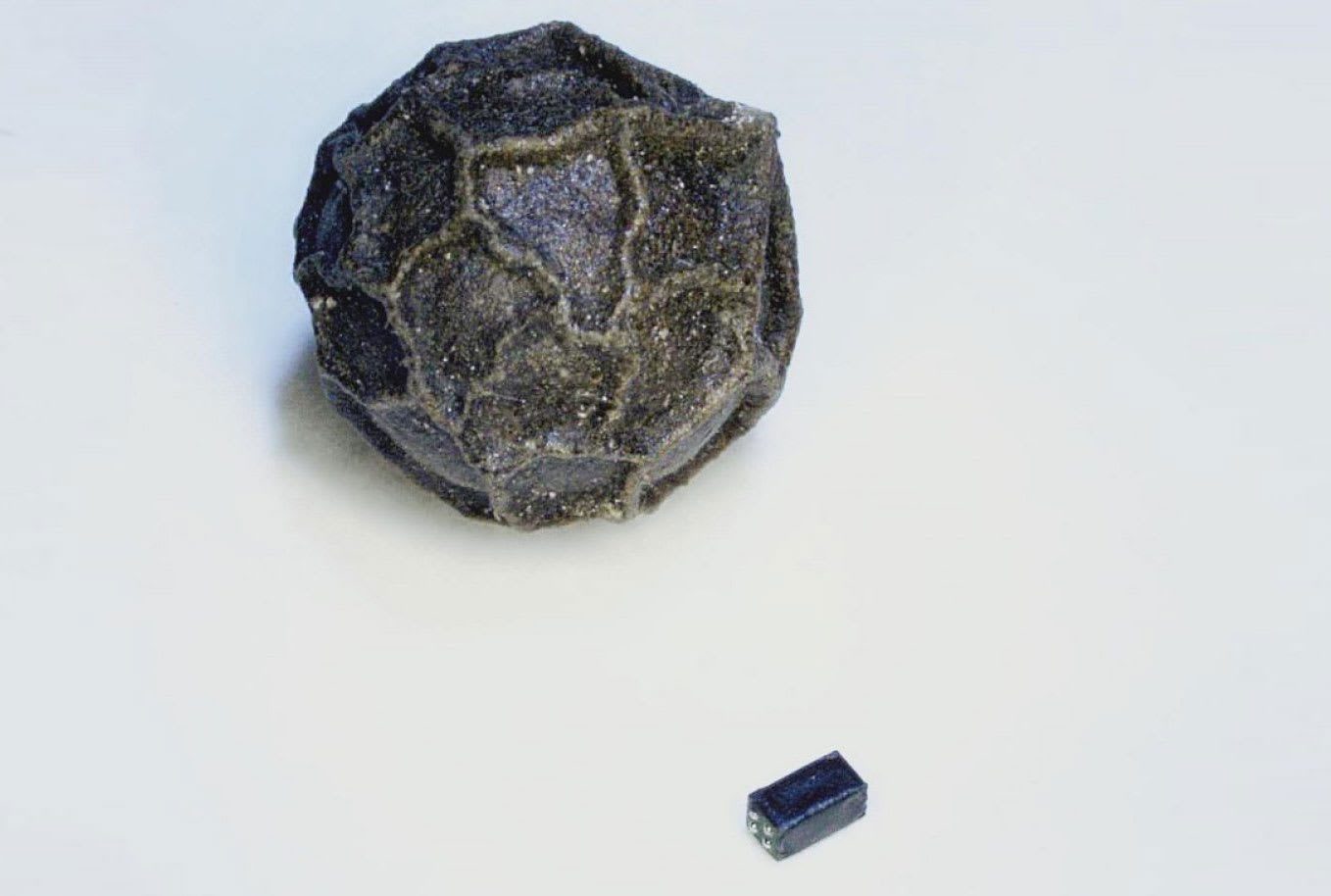
Gionee isn't exactly a name that you'd come across in the Western market every day, but this time, the Chinese company has big global ambitions. The latest proof is its Elife E7, a 5.5-inch 1080p Android phone that boasts two titles: it's the first known phone featuring the 2.5GHz flavor of Qualcomm's Snapdragon 800 chip (MSM8974AC); plus it has the most sensitive 16-megapixel camera, courtesy of its Largan M8 lens (though the aperture is still unknown) and 1/2.3-inch sensor with large 1.34µm pixels. Compared to the competition, Gionee believes this particular OmniVision sensor has the best balance between resolution and pixel size, and the phone maker even went as far as claiming this already beats the 1.12µm, 16-megapixel counterpart on the yet-to-be-announced Galaxy S 5. Of course, we'll believe it when we get to properly test the E7's camera ourselves.
%Gallery-slideshow123339% %Gallery-slideshow123346%
Filed under: Cellphones, Mobile
Comments
Gionee (Chinese)
 OmniVision is the new holder of the Guinness World Record for the smallest commercially available image sensor. The tiny device (pictured above in a camera module next to a grain of pepper) measures just half a millimetre squared, and will have a sig...
OmniVision is the new holder of the Guinness World Record for the smallest commercially available image sensor. The tiny device (pictured above in a camera module next to a grain of pepper) measures just half a millimetre squared, and will have a sig...
 OmniVision is the new holder of the Guinness World Record for the smallest commercially available image sensor. The tiny device (pictured above in a camera module next to a grain of pepper) measures just half a millimetre squared, and will have a sig...
OmniVision is the new holder of the Guinness World Record for the smallest commercially available image sensor. The tiny device (pictured above in a camera module next to a grain of pepper) measures just half a millimetre squared, and will have a sig...








